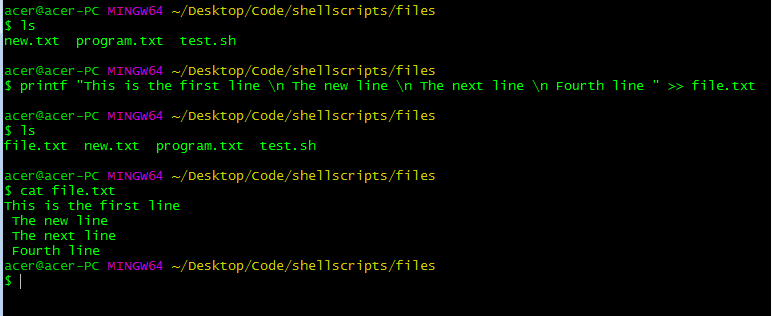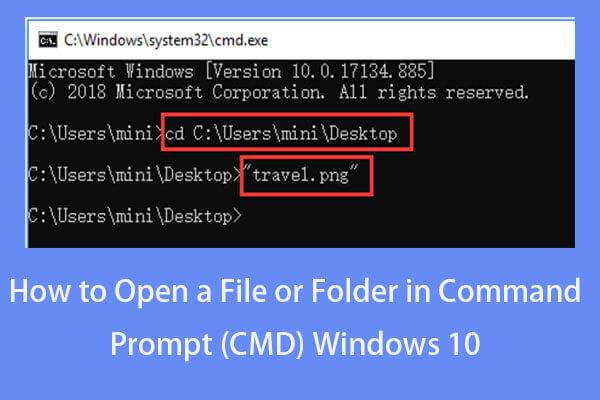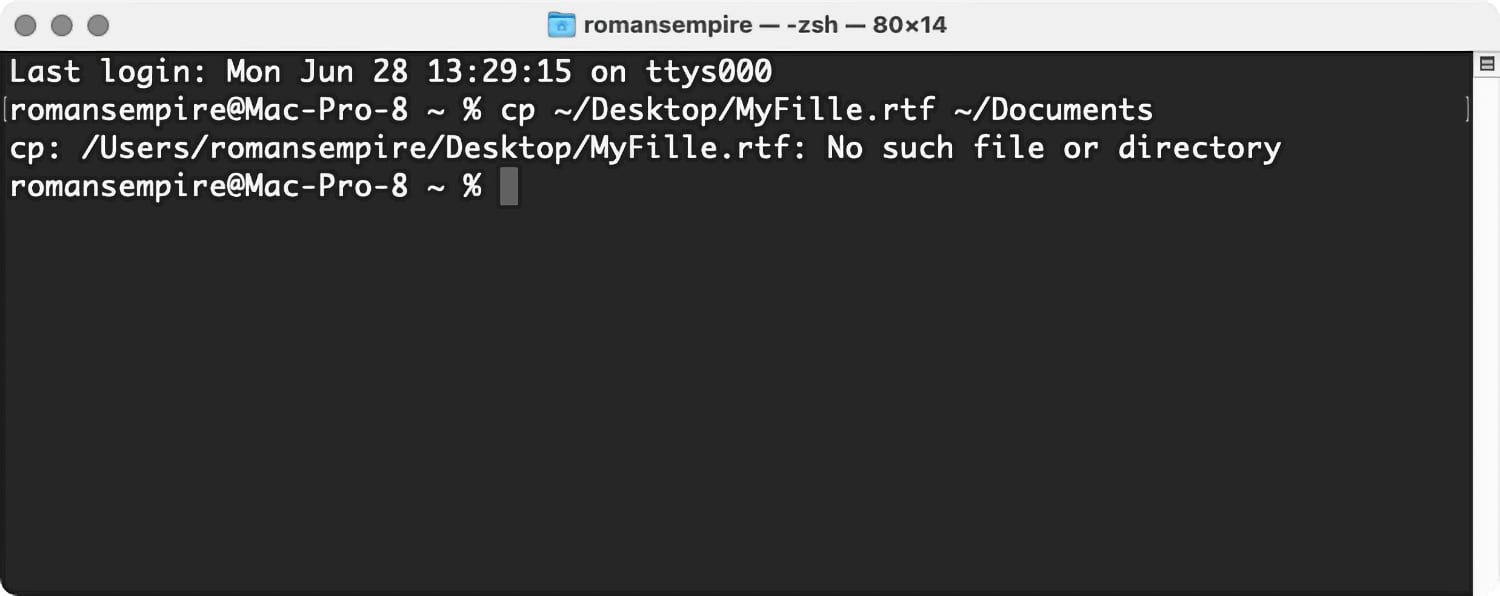
We’re including it for completeness, and also because if you’re just creating a single file, it does offer the least typing. Unlike the touch command, though, creating a file using the redirect symbol only lets you create one file at a time. Like the touch command, creating a file this way does not let you enter text into the file right away. If you use it without a preceding command, the redirect symbol just creates a new file. You can also create a text file using the standard redirect symbol, which is usually used to redirect the output of a command to a new file. Create a Text File Using the Standard Redirect Symbol (>) Touch sample1.txt sample2.txt sample3.txtĪgain, you’re shown no indication that the file was created, but issuing a simple ls command shows that the files are indeed there:Īnd when you’re ready to add text to your new files, you can just use a text editor like Vi. Just add as many extra file names (separated by spaces) as you want to the end of the command: You can also create multiple new files at once with the touch command. You can use the ls command to verify the existence of your new file: ls -l sample.txt Notice that you are given no indication that the file was created you’re just returned to the prompt. To create a new file, type the following command at the terminal prompt (replacing “sample.txt” with whatever file name you want to use), and then press Enter: touch sample.txt The touch command is handy for quickly creating files you intend to use later.

Another big difference is that the touch command lets you create multiple new files with a single command. One difference between using this command and the cat command we covered in the last section is that, while the cat command lets you enter text into your file immediately, using the touch command does not. You can also create a text file using the touch command.

Just type the following command at the prompt, and then press Enter: cat sample.txtĬreate a Text File Using the Touch Command diagnostics.sh to execute it or double click on it to run it if it's saved to your desktop.You can also use the cat command to view the contents of your file. Just make sure you make it executable by issuing the command chmod +x diagnostics.sh and use. You can name the file diagnostics.sh and place it anywhere you like. However, you can redirect the output to a file by appending > /path/to/outputfile.txt at the end of each command so you have a file which you can parse once the file has finished running.

Keep in mind that any output generated, will get sent to the console (screen). System_profiler SPHardwareDataType | grep -i Identifier

# Get the model of the machine in question However, if you are getting diagnostic info, for example, you can have a script that does #!/bin/bash Now, this all depends on the they types of command and whether or not they require user intervention.
#Create file mac command line series#
You can also see here on Stack Overflow for a bit more information.Ī script is just a series of commands, so you could put it into a bash script.
#Create file mac command line password#
When the script runs, you'll have to enter your password (and be an administrator) If you need to do something that requires root (admin) access, you can prefix your command with sudo.Dragging over the terminal icon will also work. You're done! Double-click the file to run.This will give the terminal permission to run the file. Run chmod u+x ~/Desktop/m圜mand in your terminal, where ~/Desktop/m圜mand is the path to your script. Convert it to plain text by clicking Format > Make Plain Text.


 0 kommentar(er)
0 kommentar(er)
